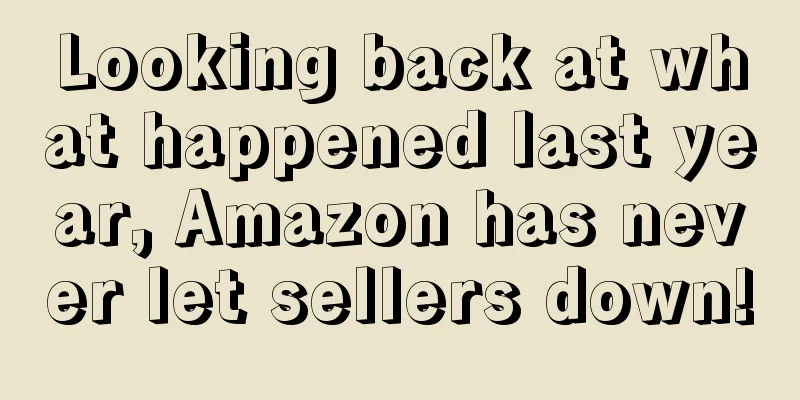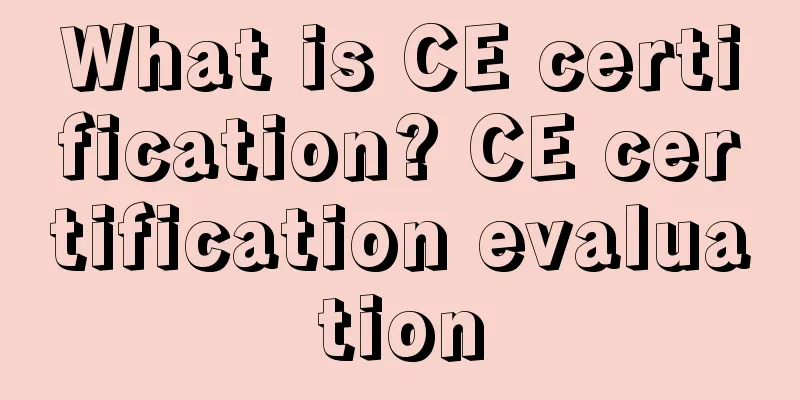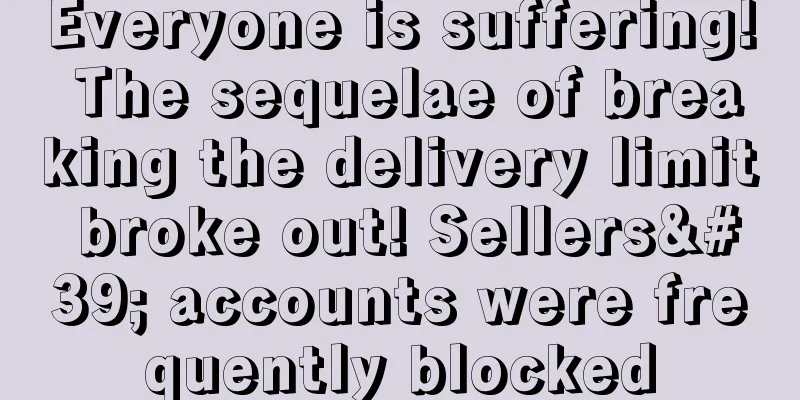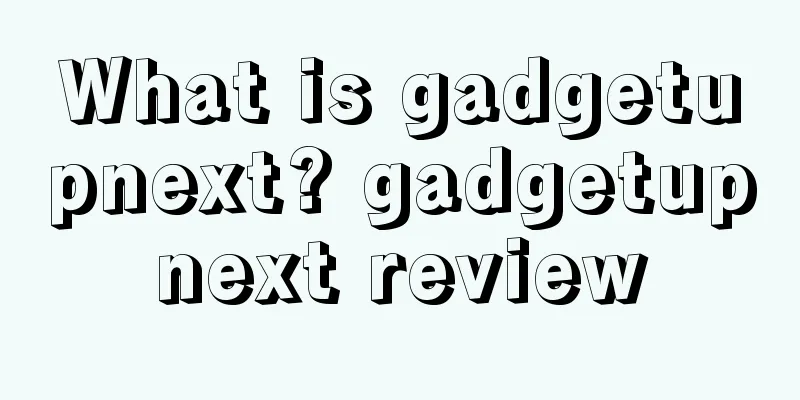Want to make Amazon advertising more effective? Learn how to use negative keywords

|
On the Amazon platform, advertising promotion is one of the key methods to promote product exposure. In this context, the correct use of the negative keyword function in Amazon advertising has become one of the important strategies for sellers to save advertising budgets and improve advertising effectiveness. This article will share some creative methods to teach you how to cleverly use negative keywords to place Amazon ads in a more accurate and effective way. What are negative keywords? Amazon's negative keywords refer to the exclusion of certain search terms that are not relevant to the product by setting negative keywords in advertising. When consumers use these negative keywords to search, the seller's product ads will not be displayed, thus avoiding unnecessary click costs. The role of negative keywords The use of negative keywords can help improve the click-through rate and conversion rate of ads and exclude search terms that are irrelevant to the product. By accurately selecting and adding negative keywords, you can filter out search terms that have invalid clicks, making the ads more targeted to the target audience. This not only avoids the waste of advertising costs, but also reduces invalid ad exposure and clicks, and improves the efficiency of advertising. In addition, by using negative keywords, you can also optimize the display of products and avoid Amazon mistakenly confusing the seller's products with other irrelevant products due to irrelevant clicks. Types of Amazon Negative Keywords In Amazon advertising, negative keywords can be divided into two types: exact negative and phrase negative.
Precise negative means that when the keywords searched by consumers completely match the precise negative keywords set by the seller, the ad will not be displayed (regardless of capitalization).
Negative phrases mean that when the keywords searched by consumers contain the negative phrases set by the seller, the ad will not be displayed. This can exclude a series of search terms that are not related to the product. When to use negative keywords:
Key strategies and techniques:
Since the traffic of automatic advertising is large and difficult to control, the use of phrase negation can exclude irrelevant attribute words and scene words, thereby saving advertising budget.
The purpose of manual advertising is to expand keyword traffic. Therefore, when encountering keywords that need to be blocked, it is more appropriate to use precise negation to avoid accidentally damaging too much traffic.
In summary, negative keywords in Amazon advertising are an important means to optimize advertising effects and reduce costs. By cleverly using precise negation and phrase negation, sellers can effectively exclude search terms that are not related to the product and improve the accuracy and efficiency of advertising. However, when adding negative keywords, you need to carefully consider the relevance to the product to avoid accidental damage. Regular keyword inspection and adjustment will help you achieve better advertising effects and delivery efficiency. |
<<: Amazon's top three promotions in Q4
>>: Master the perfect strategy to double your sales outside of Amazon
Recommend
What is LivingSocial? LivingSocial Review
LivingSocial is the second largest group buying we...
Get the most common advertising methods on Amazon
Coupon White Hat Advertising Method 1. Apply a la...
I hope you are a koi, not a crucian carp.
Once upon a time, The carriages are very slow. The...
What is Tumblr? Tumblr Review
Tumblr was founded in 2007 and is a type of microb...
Walmart offers free Walmart+ membership to employees and reaches partnership with Spotify!
Walmart announced that it will provide free Walmar...
Amazon is in big trouble? It may face a fine of 270 million
Yesterday we talked about a seller in a US store ...
What is the Amazon Small Business of the Year Award? Review of the Amazon Small Business of the Year Award
Amazon officially announced that it will launch th...
Sellers are familiar with the traffic on the site. But how much do you know about the traffic outside the site?
As an Amazon operator, the source of daily strugg...
You’ll lose money if you don’t read this! You must try the free review reminder app on Amazon!
Long time no see! Last time we shared "After...
Starting from scratch, Shopify's 30-day store opening tutorial - Day 14
How to optimize the store listing In the e-commer...
What is U Select U Product? U Select U Product Review
U Select U Products is a cross-border e-commerce p...
Amazon's low-price mall is being tested. When will it be open for business registration? !
After several months of preparation, Amazon's ...
US holiday sales growth will slow down! Which categories have the best chance of explosive sales?
It is learned that according to the forecast of th...
Amazon Infringement Prevention! One picture can be used to search for global appearance patents!
Recently, many Amazon sellers have faced infringem...
CPC advertising: a tutorial on how to create a super hit
Everyone who does business on Amazon knows that w...









